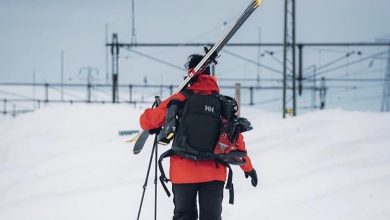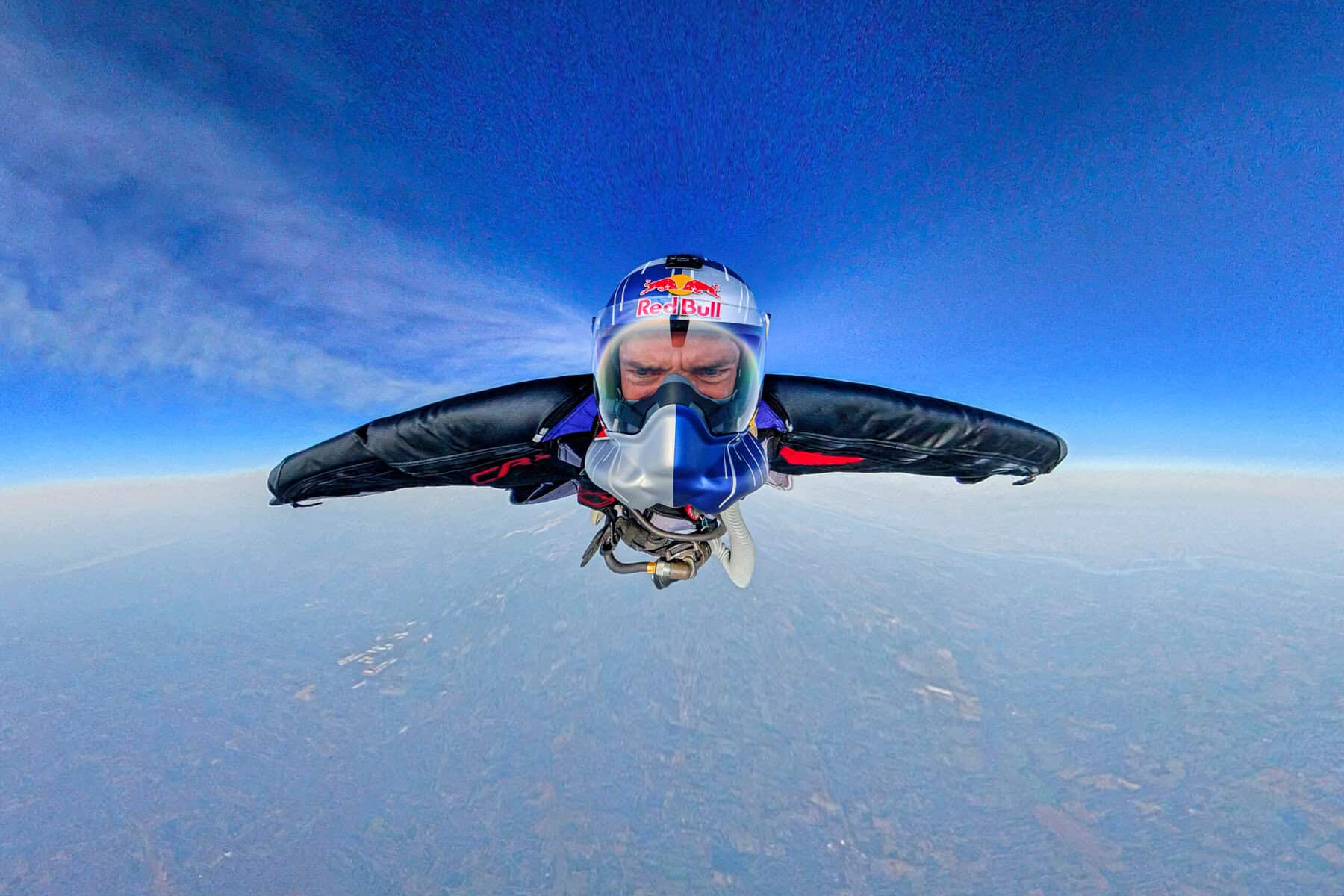
When Sebastián ‘Ardilla’ Álvarez dropped out of the sky above Tennessee this March, it wasn’t just another wingsuit jump—it was a seismic shift in the sport of human flight. From 41,470 feet above Earth, in an oxygen-starved layer of atmosphere usually reserved for spy planes and high-altitude balloons, the Chilean wingsuit pilot rocketed into history, smashing not one, but three world records in a single, jaw-dropping flight.
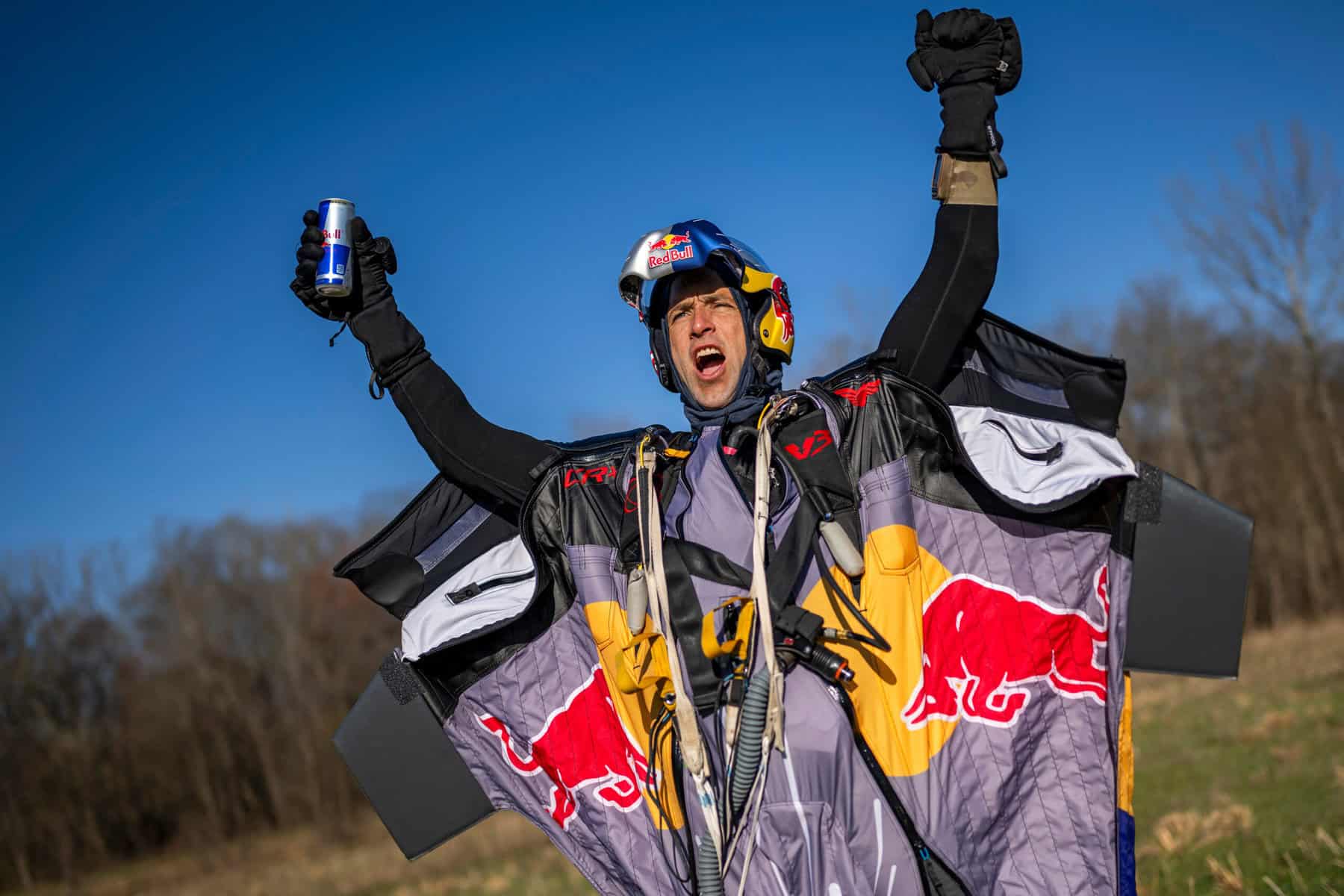
The mission? Red Bull Starman.
The result? A reimagining of what’s possible when courage meets calculation at terminal velocity.
Whiteville, Tennessee—flat farmland and long, open skies. It was here, on March 27, that Álvarez boarded a twin-turboprop Piper Cheyenne 400LS and climbed to the edge of the stratosphere. In the stillness before the drop, he wasn’t just prepping for a jump—he was dialling into one of the most complex physical and mental challenges in the history of aerial sport.
Then he stepped off. Within 30 seconds, Álvarez hit a blistering 550 kilometres per hour—faster than an F1 car during a qualifying lap. He sliced through the atmosphere like a human missile, covering 53.45 kilometres in horizontal distance and staying aloft for 11 minutes and 1 second—each of those stats a world record in its own right. And he did it in a suit you wouldn’t dare wear unless your life depended on it. His did.
As Michael Cooper from the Fédération Aéronautique Internationale put it, “This isn’t just breaking records—it’s obliterating them.”
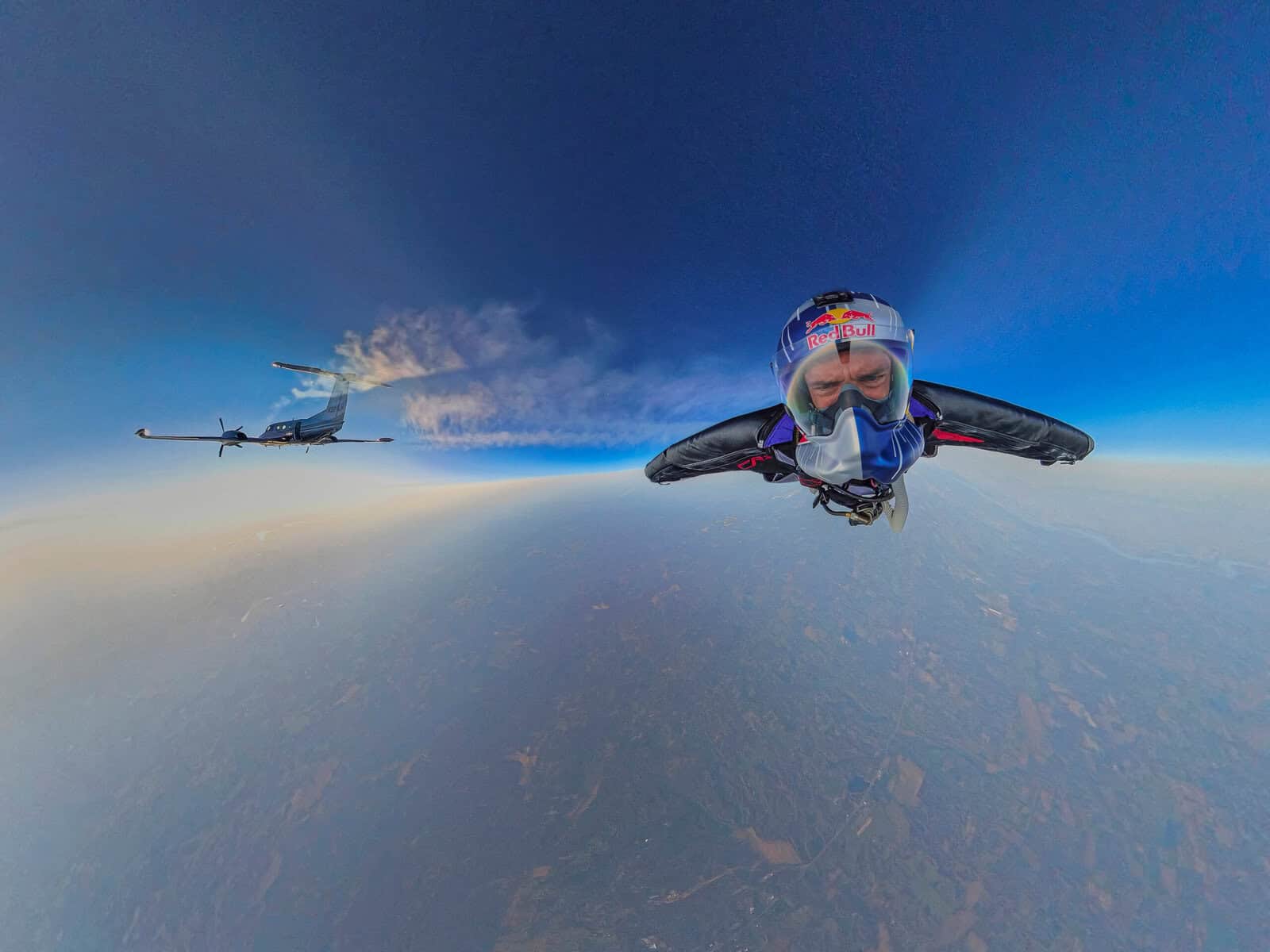
The wingsuit? Built with aerospace engineers and the brainpower of Squirrel Wingsuits, it came equipped with extended wingtips for lift, foot fairings to reduce drag, and a pressurised oxygen system for survival in air that carries just a sixth of the oxygen found at sea level. At that altitude, the temperature can plummet to -100°C. That’s not “cold” in the tramping-in-Fjordland sense—that’s freeze-your-eyeballs, instant-blackout cold. Without heated flight layers, a custom helmet, and military-grade oxygen gear, he wouldn’t have made it ten seconds.
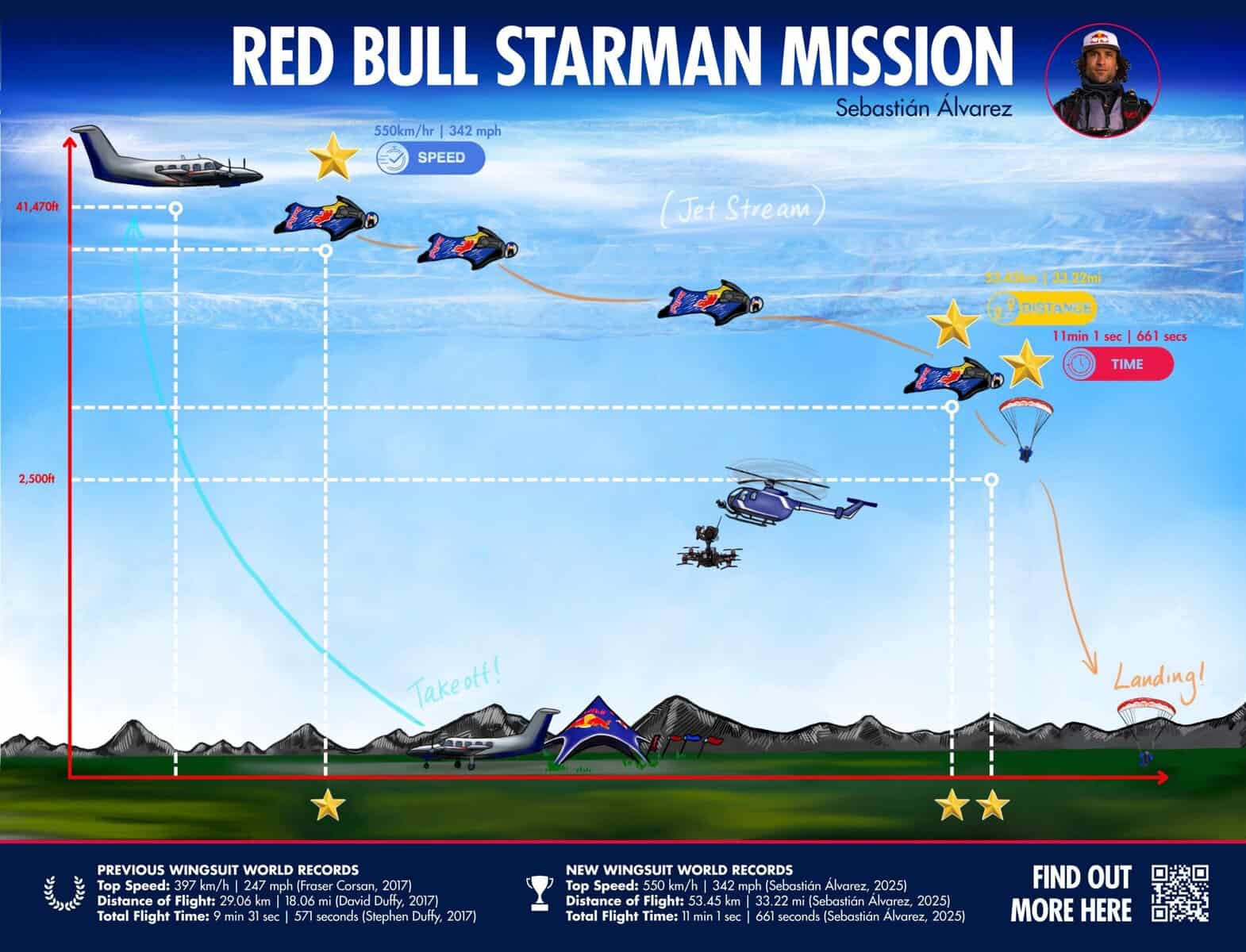
Álvarez didn’t just fall—he flew. Using the jet stream’s raw power, he turned what should’ve been a chaotic plunge into a precision descent. His control was so dialled that he manipulated turbulence and wind shear like a surfer riding a barrel.
“This suit is not easy to fly,” said Matt Gerdes of Squirrel Wingsuits. “It’s physically demanding, technically extreme, and pushes even the best pilots. Seba didn’t just fly it—he mastered it.”
And if you’ve ever flinched during turbulence on a commercial flight, picture holding perfect form through winds exceeding 200 km/h with the ground screaming up at you. That’s not adrenaline—that’s a whole new philosophy of flight.
Álvarez is no stranger to wild ideas. A former fighter pilot with the Chilean Air Force, he traded the cockpit for wings of his own design and began carving arcs across the sky few dare to trace. He’s soared into live volcanoes, buzzed over mountain ridges with metres to spare, and even skydived into a breaking ocean wave.
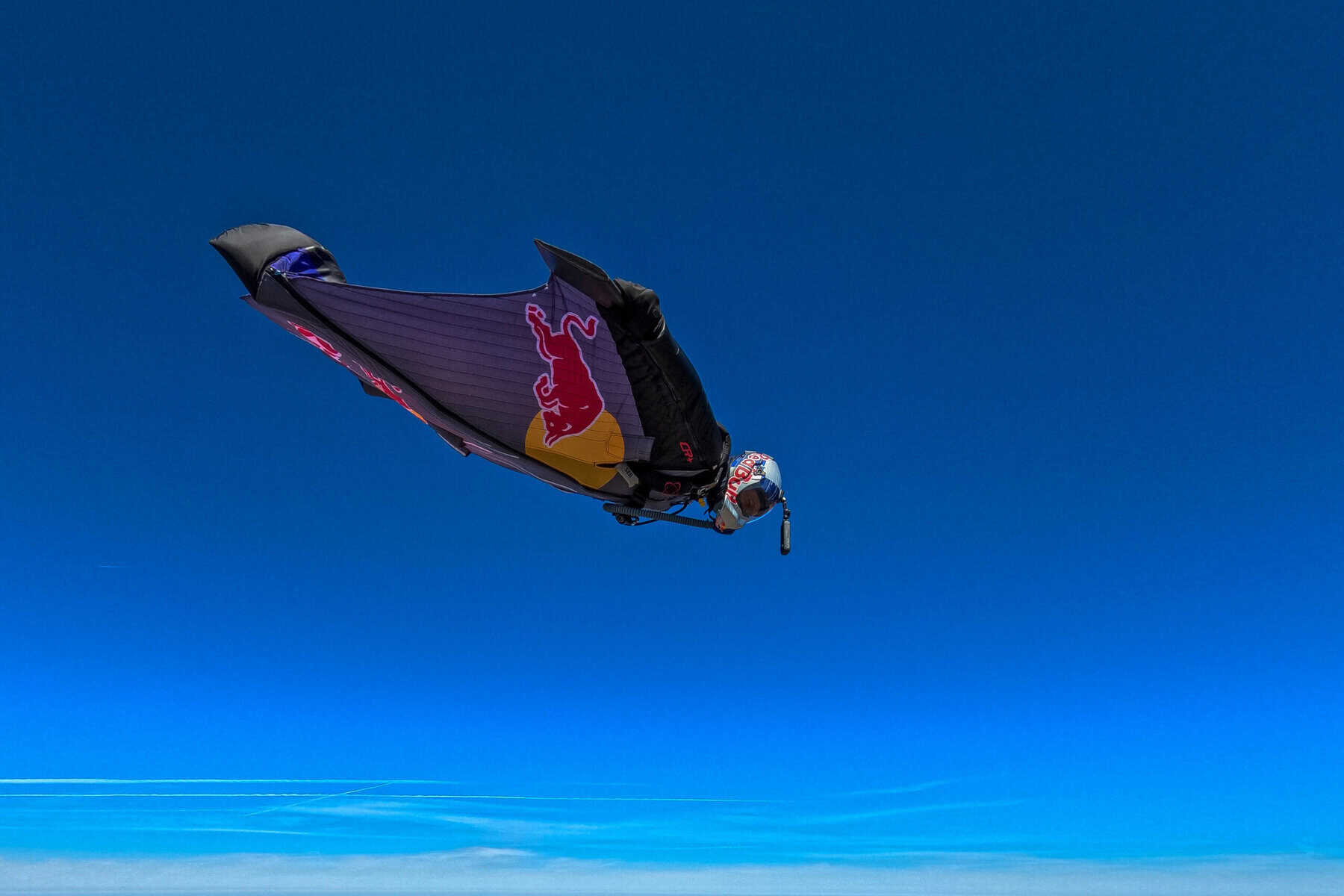
But Starman? This was his magnum opus.
“This wasn’t just about records,” Álvarez said. “It was about proving that the impossible is only a mindset.”
It’s a sentiment that hits home for any of us who’ve stood at the edge of something daunting, whether it’s a summit, a sea crossing, or a major life shift. The message is clear: limits are only real if you stop at them.
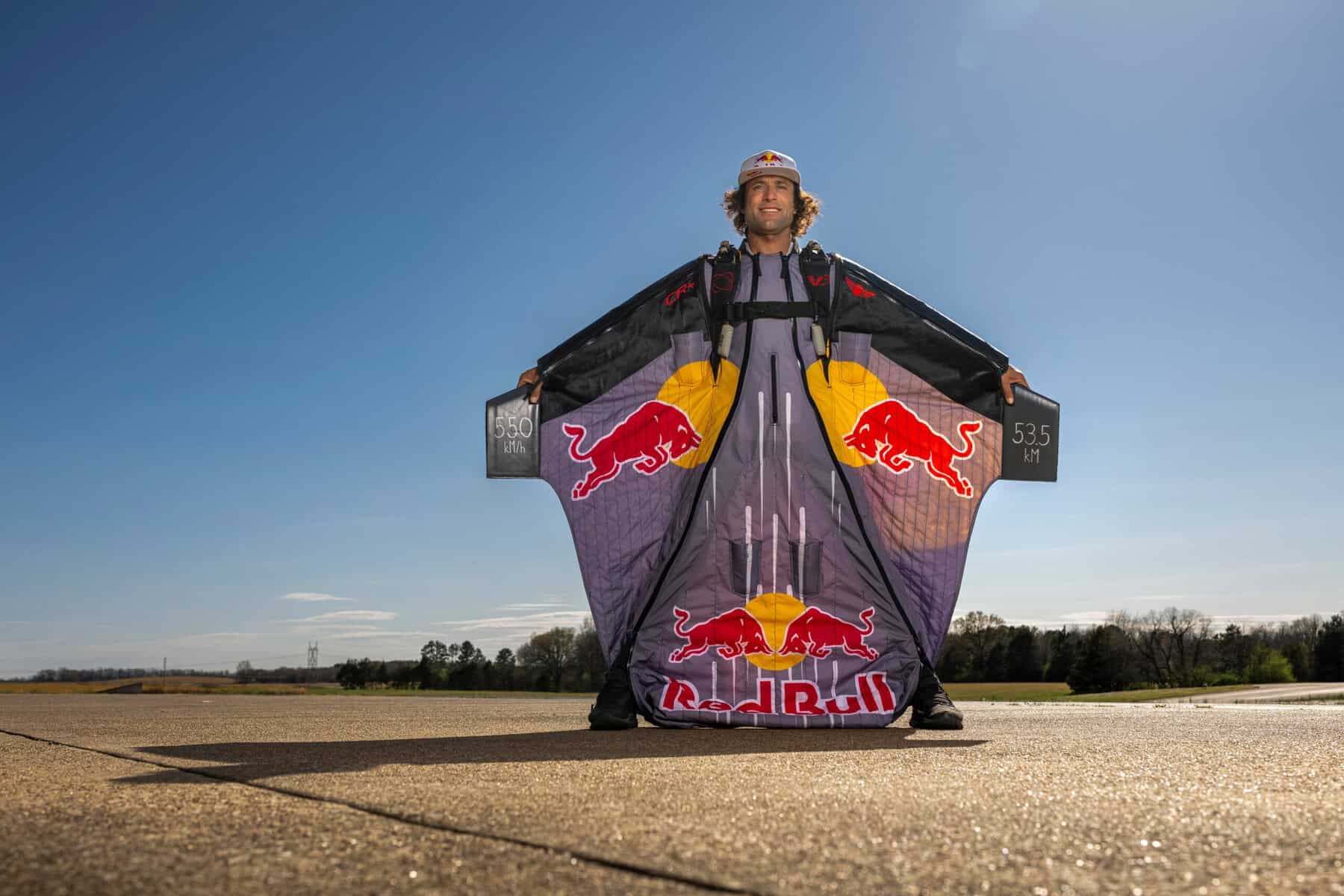
Here’s what he achieved:
Top Speed: 550 km/h (Previous: 397 km/h)
Horizontal Distance: 53.45 km (Previous: 29.06 km)
Time Aloft: 11 minutes, 1 second (Previous: 9 minutes, 31 seconds)
So where does human flight go next? Hard to say. But one thing’s certain—wherever that next line in the sand gets drawn, Sebastián Álvarez will probably be the one blasting past it.
Watch Sebastián Álvarez’s record-breaking flight now streaming on Red Bull’s platform.
Similar feature:




